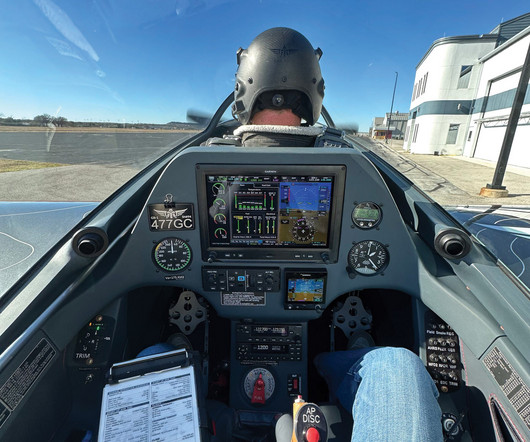Game On!
Plane and Pilot
MARCH 25, 2025
Although I havent spent much time around GB1s (except for drooling over them while they are on display and flying at airshows) I am always taken aback by how much larger the airplane appears to be in personparticularly, the tall, sweeping rudder that curves down to a sharp point with just enough ground clearance. Max Gross Weight: 2,200 lbs.











Let's personalize your content